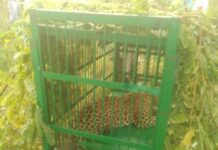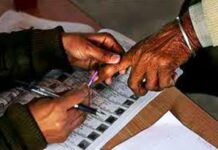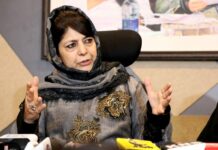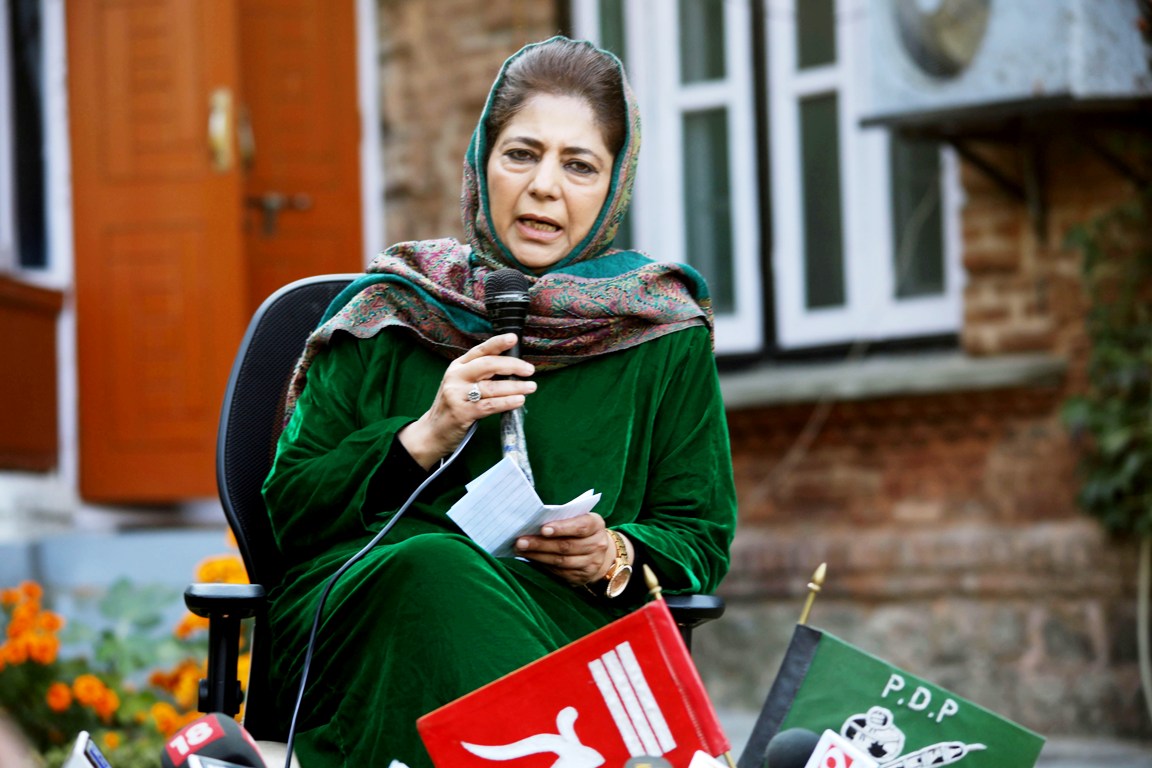SRINAGAR: With the Prime Minister Narendra Modi asserting that there was no foreigner on Indian soil and there were no incursions, Beijing has reiterated its claim that Galwan Valley belongs to China. After China’s foreign office issued a statement on the weekend, Lijian Zhao, foreign ministry spokesman posted “a step by step” account of the Galwan clash.

India has rejected the claim saying it is untenable given the history. China has not shown Galwan valley as part of its territory since 1962
The Formal Statement
After addressing the press conference in Beijing, China’s foreign ministry spokesman, Lijian Zhao, posted a statement on the ministry website. Giving details of the Galwan Valley operations, the statement is reproduced here:
“On June 19, 2020, Foreign Ministry Spokesperson Zhao Lijian gave a step-by-step account of the Galwan clash and elaborated China’s position on settling this incident.
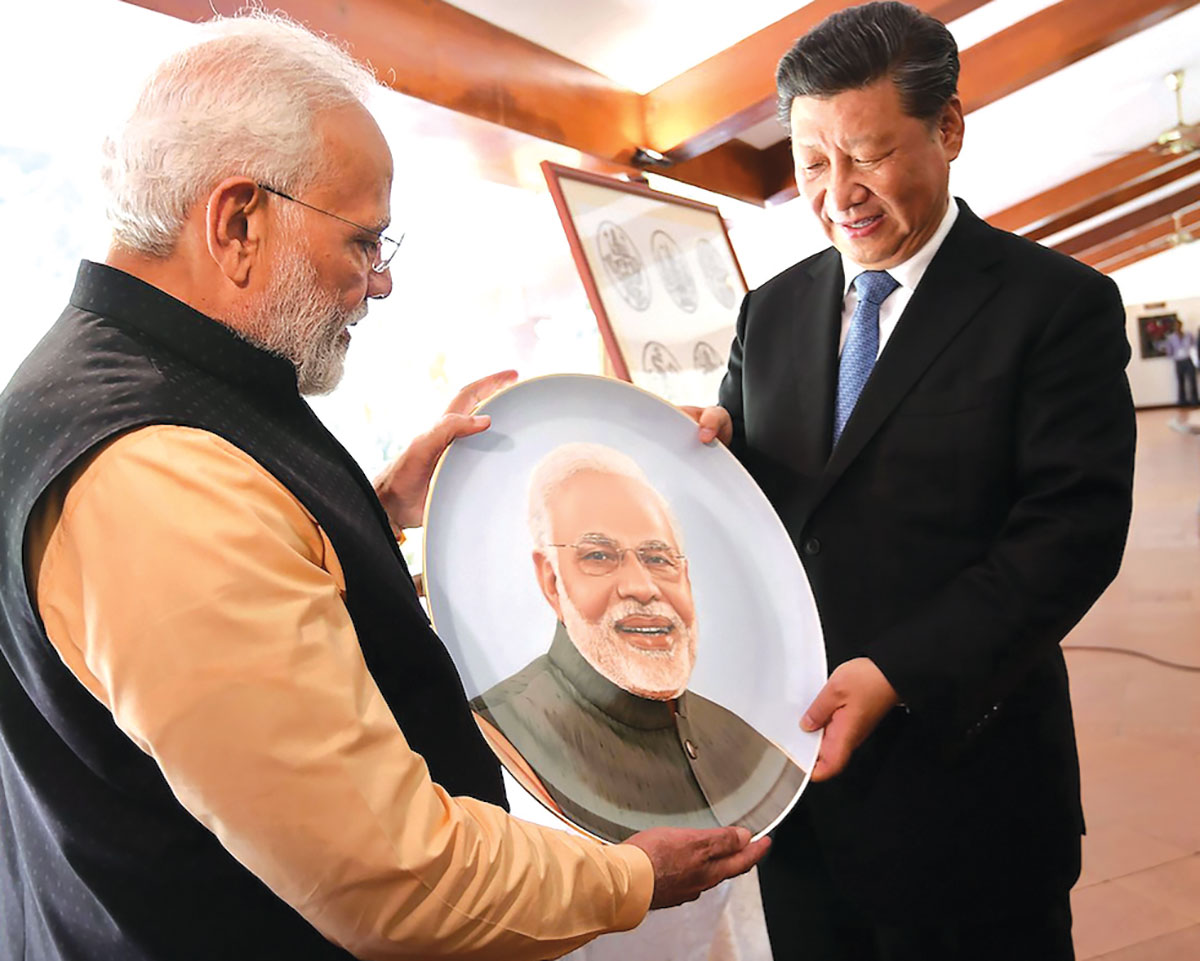
Zhao Lijian pointed out that the Galwan Valley is located on the Chinese side of the Line of Actual Control in the west section of the China-India boundary. For many years, the Chinese border troops have been patrolling and on duty in this region. Since April this year, the Indian border troops have unilaterally and continuously built roads, bridges and other facilities at the LAC in the Galwan Valley. China has lodged representations and protests on multiple occasions but India has gone even further to cross the LAC and make provocations. By the early morning of May 6, the Indian border troops, who have crossed the LAC by night and trespassed into China’s territory, have built fortification and barricades, which impeded the patrol of Chinese border troops. They deliberately made provocations in an attempt to unilaterally change the status quo of control and management. The Chinese border troops have been forced to take necessary measures to respond to the situation on the ground and strengthen management and control in the border areas.
In order to ease the situation, China and India have stayed in close communication through military and diplomatic channels. In response to the strong demand of the Chinese side, India agreed to withdraw the personnel who crossed the LAC and demolish the facilities, and so they did. On June 6, the border troops of both countries held a commander-level meeting and reached consensus on easing the situation. The Indian side promised that they would not cross the estuary of the Galwan river to patrol and build facilities and the two sides would discuss and decide phased withdrawal of troops through the meetings between commanders on the ground.
Shockingly, on the evening of June 15, India’s front-line troops, in violation of the agreement reached at the commander-level meeting, once again crossed the Line of Actual Control for deliberate provocation when the situation in the Galwan Valley was already easing, and even violently attacked the Chinese officers and soldiers who went there for negotiation, thus triggering fierce physical conflicts and causing casualties. The adventurous acts of the Indian army have seriously undermined the stability of the border areas, threatened the lives of Chinese personnel, violated the agreements reached between the two countries on the border issue, and breached the basic norms governing international relations. China has lodged solemn representations and strong protests to the Indian side.

During State Councilor and Foreign Minister Wang Yi’s phone conversation with External Affairs Minister Dr S Jaishankar, he repeated China’s stern position, demanding India to carry out a thorough investigation into the incident, severely punish those who should be held accountable, strictly discipline Indian frontline troops, and immediately stop all provocative actions so as to ensure that such incidents do not happen again. A second commander-level meeting should happen as soon as possible to deal with the situation on the ground. The two sides agreed to handle in a just manner the serious situation caused by the Galwan Valley clash, observe the agreement reached during the commander-level meeting, cool down the situation on the ground as soon as possible, and uphold peace and tranquility of the border areas in accordance with bilateral agreements reached so far.
China hopes that India will work with us, follow faithfully the important consensus reached between the two leaders, abide by the agreements reach between the two governments, and strengthen communication and coordination on properly managing the current situation through diplomatic and military channels, and jointly uphold peace and stability in the border areas.”
Spokesman Tweets
Later in the day, the spokesman took to his twitter handle and re-told the same story point-wise.
Here are the tweets mentioned under teh heading “A step-by-step account of the Galwan clash”
- “The Galwan Valley is located on the Chinese side of the Line of Actual Control in the west section of the China-India boundary. For many years, the Chinese border troops have been patrolling and on duty in this region.
- Since April, the Indian border troops have unilaterally and continuously built roads, bridges and other facilities at the LAC in Galwan Valley. China lodged representations and protests on multiple occasions but India went even further to cross the LAC and made provocations.
- On May 6, Indian border troops crossed LAC, trespassed into China’s territory, built fortification & barricades, which impeded the patrol of Chinese border troops. They deliberately made provocations in an attempt to unilaterally change the status quo of control & management.
- The Chinese border troops were compelled to take necessary measures to respond to the situation on the ground and strengthen management & control in the border areas. To ease the situation, China and India stayed in close communication through military and diplomatic channels.
- In response to the strong demand of the Chinese side, India agreed to withdraw the personnel who crossed the LAC and demolish the facilities, and so they did.
- On June 6, the border troops held a commander-level meeting & agreed to ease the situation. India promised it would not cross the estuary of Galwan river to patrol & build facilities. The two sides would discuss & decide phased withdrawal of troops by officials on the ground.
- Shockingly, on the evening of June 15, India’s front-line troops, in violation of the agreement reached at the commander-level meeting, once again crossed the Line of Actual Control for deliberate provocation when the situation in the Galwan Valley was already easing.
- India’s front-line troops even violently attacked the Chinese officers and soldiers who went there for negotiation, thus triggering fierce physical conflicts and causing casualties. This is the step-by-step account of the Galwan clash.”
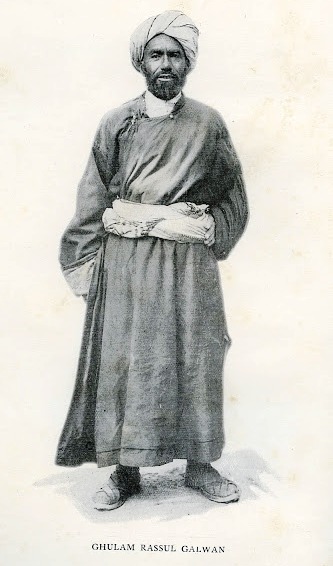
Delhi’s Response
Anurag Srivastava, the foreign ministry spokesman in Delhi has rebutted Chinese sovereignty over the Galwan Valley. The sharp response came after the claims were made by his counterpart in Beijing.
The Indian Express reported that the MEA issued a strong rebuttal stating that Beijing’s “exaggerated and untenable claims” are unacceptable.
“The position with regard to the Galwan Valley area has been historically clear…They are not in accordance with China’s own position in the past,” Srivastava was quoted saying.
“Attempts by the Chinese side to now advance exaggerated and untenable claims with regard to Line of Actual Control (LAC) there are not acceptable. They are not in accordance with China’s own position in the past,” Business Standard quoted the spokesman saying. The spokesperson was responding to the questions from the media in the routine briefing.
Srivastava said Indian troops are fully familiar with the alignment of the LAC in all sectors of the India-China border areas, including in the Galwan Valley.
“They abide by it scrupulously here, as they do elsewhere. The Indian side has never undertaken any actions across the LAC. In fact, they have been patrolling this area for a long time without any incident,” he said.
Srivastava said the Chinese side attempted to transgress the LAC in other areas of the western sector of the India-China border areas since mid-May. “These attempts were invariably met with an appropriate response from us,” he said.
Srivastava said India expects that Chinese side will sincerely follow the understanding reached between the foreign ministers of two countries recently to ensure peace and tranquility in the border areas.
In wake of the Narendra Modi’s speech facing “mischievous interpretation”, the Prime Minister Office clarified that the violent faceoff on June 15 happened because China was trying to erect structures “just across the Line of Actual Control (LAC)” and did not desist from such actions. Prime Minister had told the all-party meeting on Friday: “Neither has anyone intruded into the Indian territory nor is anyone inside our territory now. None of our military posts has been captured by anyone.”





